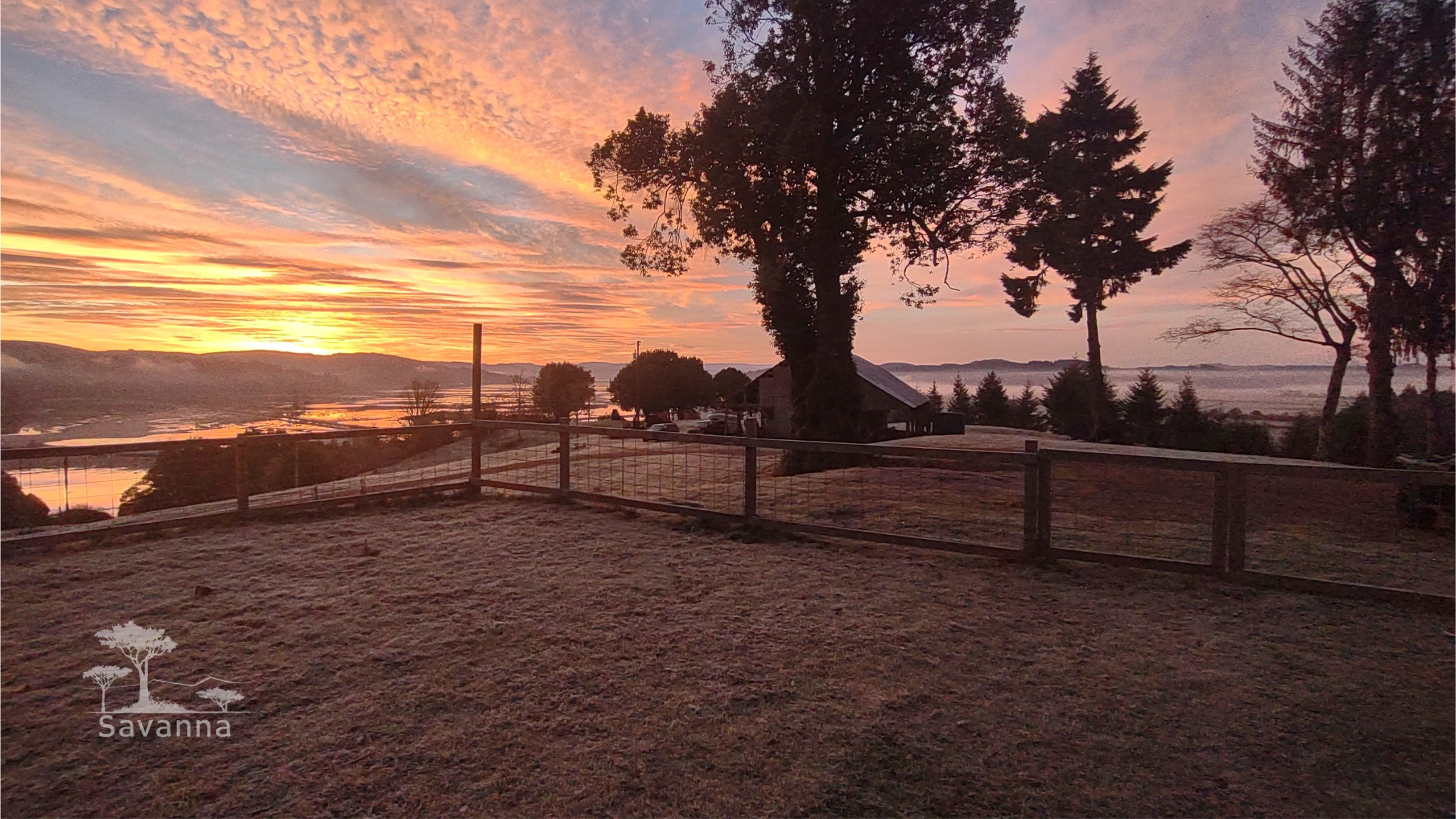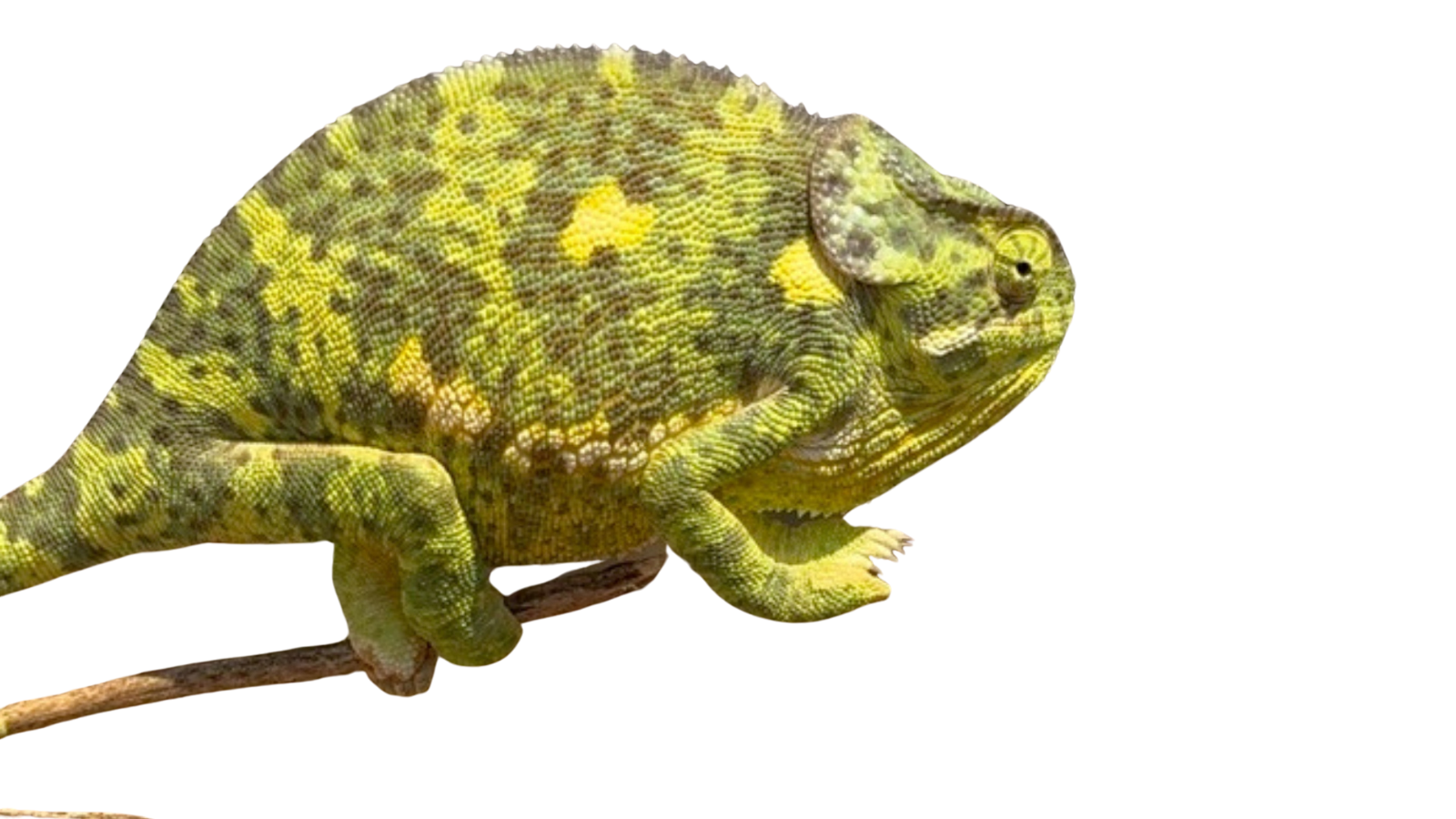
For a little while now, I have been thinking that our ideas about grass management, (both in the regular ranching world and in the eco-grazing world) are all wrong. I haven’t had much else to say about it until recently. Over the course of the next few weeks, I am going to go lay out my grazing strategies as of 2022.
I will divide the year up into the different seasons, the blocks of time where management and weather are pretty similar. These seasons are usually broken by abrupt, big changes. I will discuss these conditions and sort out what is unique to my situation from what I think is universal for grazing managers everywhere. Then I will layout the current state of my grazing management at that time of year and try to tie those practices back to grass evolution in wild ecosystems.
Seasonal Conditions
I will start with what I am going to call “winter,” which, here, runs more or less from October 1-April 1st. Here we have mild, wet winters with temperatures usually between 30-60F (0-15C). The ground here floods to varying degrees, and once in a while it will flood so high that all the pasture is underwater.
Grazing Management
This is the set stocking time of the year. When grass is short, green, and growing very slowly, I spread the livestock out. I want them grazing the whole ranch. I plan to spread them further in the future. Ideally, our grass is about two inches high at this time. There is no stock density, about 150 head of light cattle spread out over 500 acres. I want to get the grass the way I want it before winter arrives, then keep it that way with the small number of cattle that over winter. Our sod is amazingly tough, but spreading the animals out also helps to prevent pugging.
Evolutionary Foundations
Over the tens of millions of years that these ecosystems evolved, there was very little reason for grazers to form big herds when the grass is short. Out in the open, there is no danger from hiding predators and feed density is low so it cannot support high densities. Even though there isn’t a close equivalent to this season in the Serengeti, you do not see much density there in places where there is short green grass. From the looks of things, the density is about 20,000 pounds to the acre on the wildebeest calving grounds in February. This is not a scientific observation; again, it would be great if someone would study the Serengeti in a systematic way that would provide useful information for grazing managers. My suspicion is that this pattern is many millions of years old. Grass evolved
Geography as Destiny
These would be the winter conditions over the whole west coast of North America and maybe the Gulf Coast too. Also Western and Southern Europe, Tasmania, Southern South America, the Cape of South Africa. Any others?
If I lived somewhere that had wet, cool conditions all year (where the grass was green and had plenty of moisture but grew very slowly because of cold weather) I might leave the cattle spread out all the time. I can’t think of many places like that, but the Alaska Panhandle, Norway, and high latitude islands (Iceland, the Aleutians, the Falklands) come to mind. I wouldn’t be surprised if grass acts completely differently to these temperatures with 20 hours of sun during the summer, however. Anyone who grazes in these environments please comment.
The Big Picture
Ecograzers often seem to think that there is never a time to spread cattle out. I know there was a time that I thought that. I don’t think that anymore. In fact, I think there is something about grazing management that we are getting completely wrong. I can’t say I know what it is yet, but I wonder if it cuts deep into our assumptions about ‘good grazing.’ The eco-grazing paradigm since the time of Voison has been built on the idea that we rotate livestock to allow grass to build energy in root reserves. But is that the case? Is that really why we rotate? My read on the situation is there has always been a shortage of data supporting that idea. Isn’t it possible that under certain conditions, grasses can maintain their energy reserves, wherever they are stored, without the livestock having to move around?
I know for a fact that some people are going to say, “great I don’t have to move cattle.” Or they will say, “this guy is a heretic, he’s telling everyone that you don’t have to move cattle, which doesn’t work, just look around.” But I am not saying we shouldn’t move cattle. But if root energy reserves are not the reason to move cattle, than what are the reasons? Let’s talk about that next week, when we get to spring.
Savanna LLC All Rights Reserved | Brand & Design by Betterment Studio | Sitemap


